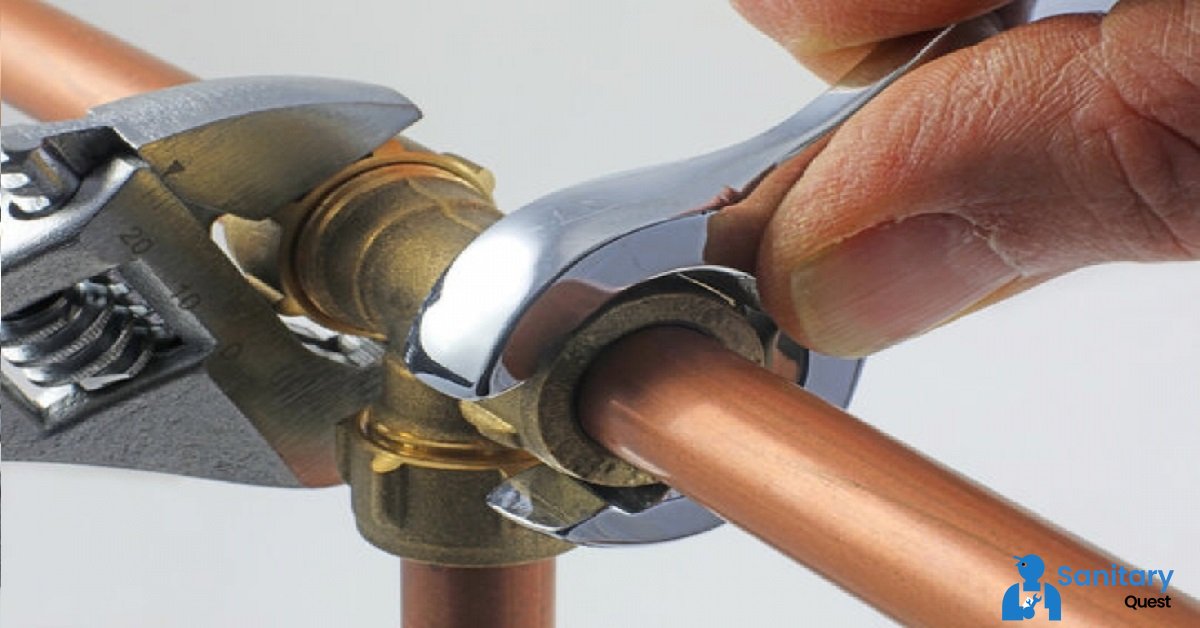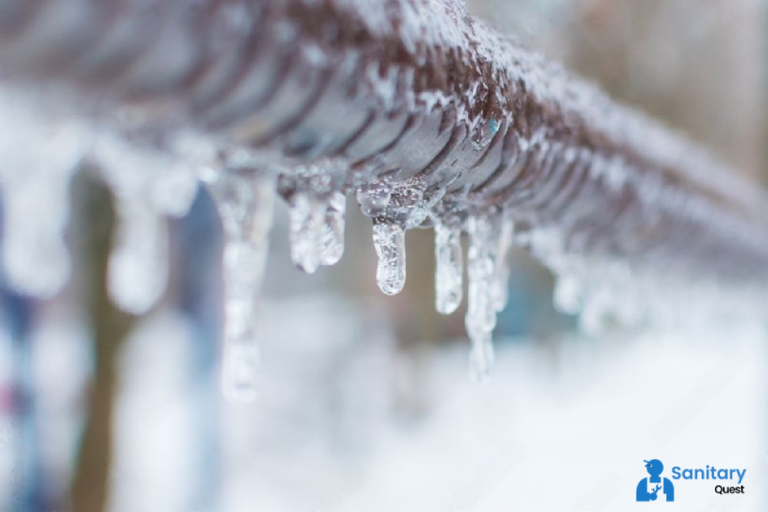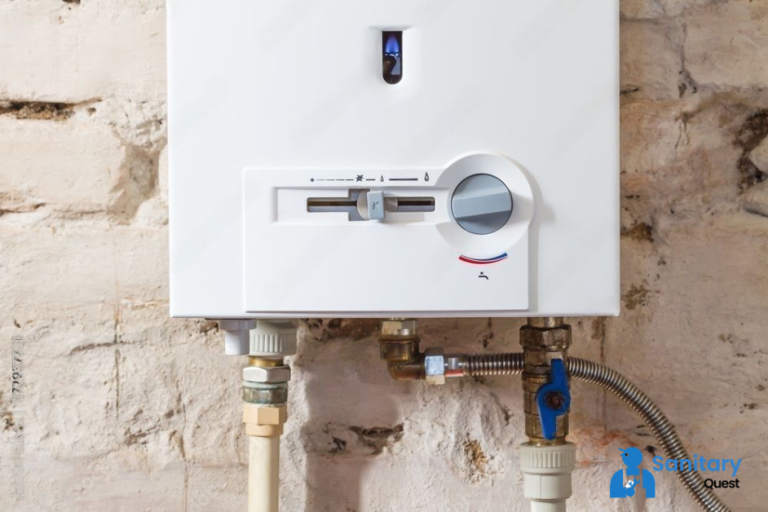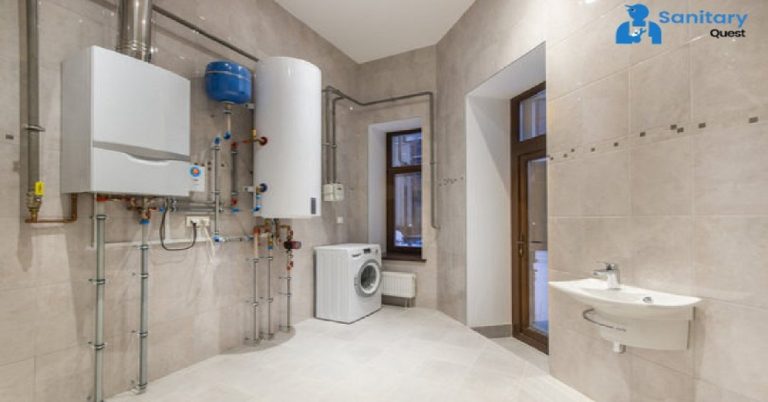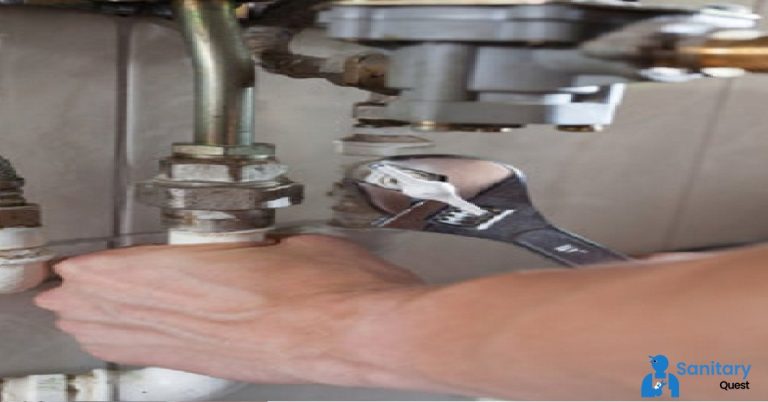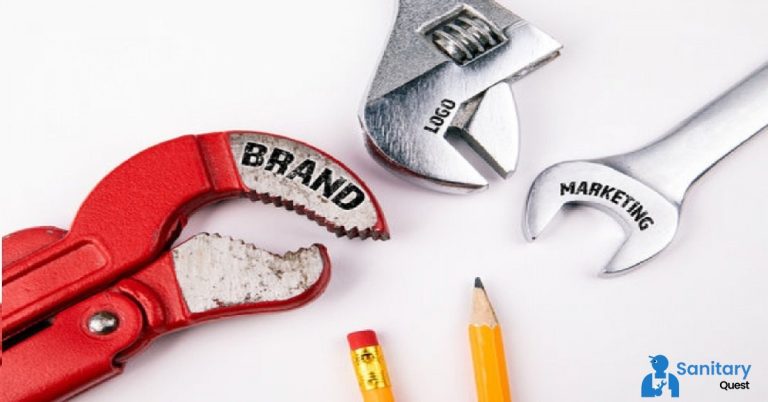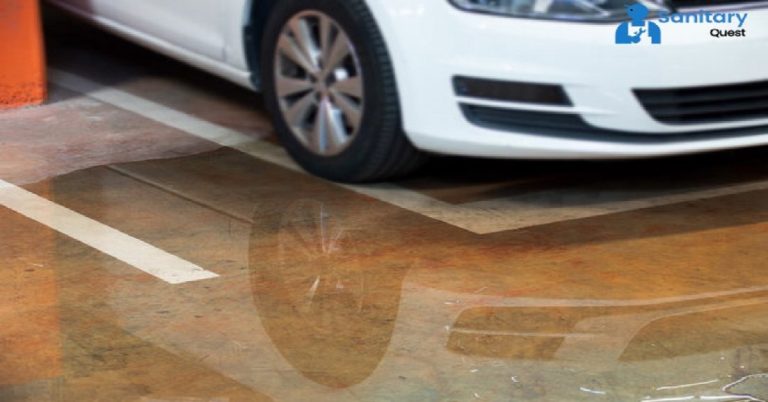What You Should Know About Pinhole Leak in Copper Pipe?
The lifespan of modern copper pipes ranges anywhere from 20 to 50 years, and it all depends on the pipe’s wall thickness and the pH of the water that flows through it. Fortuitously, this does not exempt a dangerous plumbing issue known as pinhole leaking from consideration. Copper plumbing is the only one that can develop pinhole leaks. In as little as two years after being installed, copper pipes may develop a pinhole leak under specific adverse conditions. This occurrence can take place shortly after the pipes are connected to the water supply.
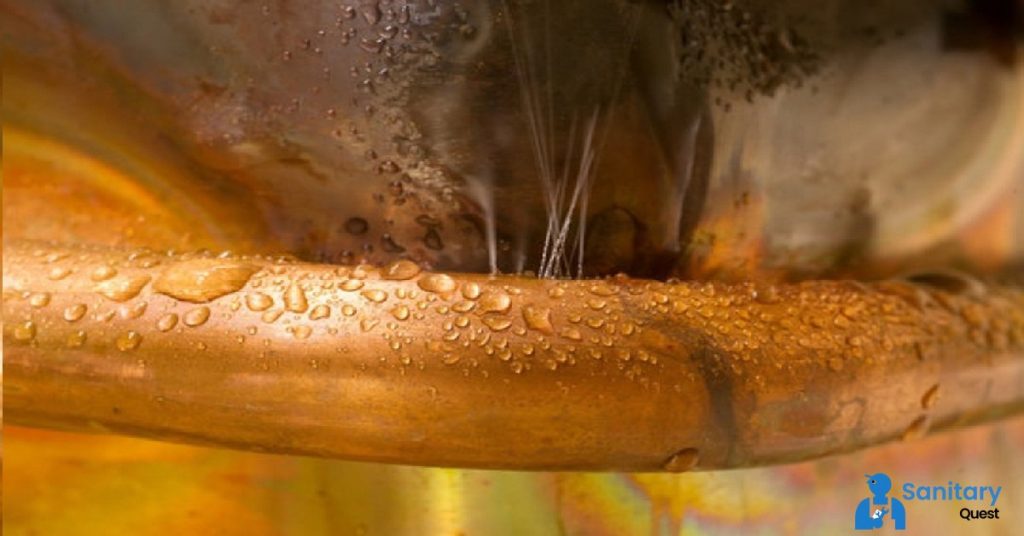
The prevalence of leaks attributed to pinholes in copper pipes is a common concern in the United States. Pinhole leaks in your copper pipes are caused by changes in the pH (acid) value of your water, which wear away at the natural defenses against corrosion that are found on the inside of the pipe. If you utilize copper pipes, which you really ought to do, then you ought to be familiar with the concept of a pinhole leak and how to stop it from occurring. Explore our handbook on copper pipe leaks.
What is a pinhole leak?
According to the State of Maryland Task Force to Study Pinhole Leaks in Copper Plumbing, pinhole leaks are characterized as ‘the perforation of copper tube, pipe, or fittings utilized for domestic water distribution due to pitting corrosion initiated on the interior/waterside surface, leading to subsequent water leakage.’ This definition was formulated by the task force for the purpose of investigating pinhole leaks in copper plumbing.
Because they resemble pinholes in appearance and are typically less than 1/8 inch in diameter, pinhole leaks are referred to by that descriptor. A pinhole leak is the final “breakthrough” of a developing corrosion problem on the interior of a copper pipe. This occurs when the corrosion has eaten away at the pipe. To phrase it differently, pinhole leaks not only present an issue on their own but also signify the presence of prolonged corrosive damage.
How does a pinhole copper pipe leak start?
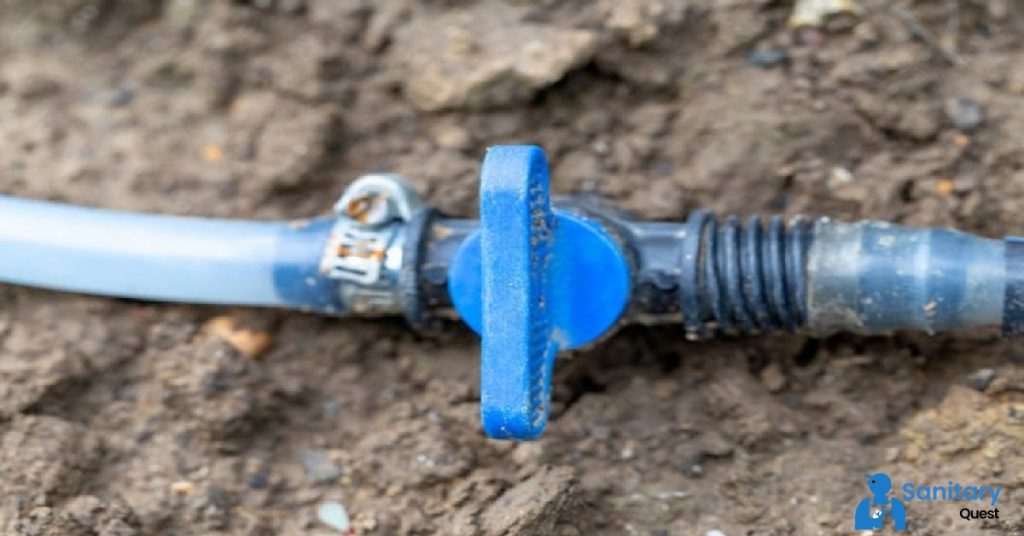
As was just mentioned, “pitting corrosion” is the root cause of pinhole leaks, as stated by the Maryland Task Force. Pitting corrosion is described as a localized form of corrosion in which cavities or ‘holes’ are formed in the material,’ according to the Association for Materials Protection and Performance. This type of corrosion is limited to a very small section of a copper pipe. It slowly wears away material until it forms a “pit” or “hole,” which then turns into a pinhole leak.
Causes of Pitting Corrosion
Based on what the Task Force’s research has found, pitting corrosion can happen for one of three reasons:
- Damage to the protective oxide film that coats the copper pipe can be caused by either chemicals or mechanical forces.
- Damage confined to a specific area or improper application of the protective layer
- The existence of nonconformities within the component’s metal structure, such as the presence of non-metallic inclusions.
The pinhole leak in your copper pipe may have been caused by any one of these three possible instigating conditions in the following ways:
Chemical damage
It is quite likely that this is the source of your pinhole leak. The pH value of the water in your home has very little to no influence on the quality or safety of the water, but it will have an effect on the pipes. The city of Folsom conducted its own investigation into a pinhole leak in a copper pipe and, as a result, discovered four distinct ways in which the pH value of the water could interact with the sulfate content of the water, temperature, bacteria, and/or the piping metal to create the conditions for copper pitting.
In the event that any of these conditions take place in your pipes, a chemical reaction will take place, and it will eat away at the protective oxide coating that isolates the inner pipe’s metal from the water that is passing through them. Once this coating has worn away completely in a few spots on the pipe, that part of the pipe is very likely to rust, which causes a pinhole leak.
Mechanical damage
As they move through your plumbing system, any physical impurities like silt or heavy metals that may be present in the water supply might eventually erode the interior of your pipes. This might happen if the water in your home is especially hard or if it has only been locally treated (for example, if it comes from a well). It’s also possible that over time, abnormally high water pressure might scrape away the oxide layer that’s on copper pipes.
Localized damage or poor application of protective coating
It is highly unlikely, but not completely out of the question, that the copper pipes in your home are of poor quality or that they were incorrectly built. If your pipes have been retrofitted or if they were installed in an unprofessional manner, this is more likely to occur. Copper pipes that have been damaged might not be as resistant to corrosion as they should be. This can cause other problems, like pinhole leaks, so it’s important to fix damaged copper pipes as soon as possible.
Non-uniformities in the metal structure
This is especially likely to happen if your pipes were only partially retrofitted into your home, which means that your home employs copper pipes in addition to another form of metal for either the piping or the connective joints. When two different metals touch each other, especially in a solvent like water, the strain can cause wear and tear on both of them. When it comes to copper pipes, this tension will eventually cause the oxide coating inside your pipes to wear away, which will result in the formation of pinhole leaks.
Signs you have a pinhole leak in your copper pipes
It can be hard to find the source of a small leak in copper pipes, especially if the pipes are hidden behind walls or under counters. If you have any reason to believe that the copper piping in your home may have a pinhole leak, look for any of the following signs:
A higher cost for your water consumption will result from any leaks, regardless of how minor they are.
Reduce the water’s internal pressure: Similar to how water escapes through pinhole leaks, pressure can also escape, which can result in a decrease in the water pressure throughout your home.
It sounds like dripping. If at all possible, you should attempt to trace the sound back to the source of the leak.
Water damage: Particularly close to or under your pipes
The growth of mold or mildew: Especially near your pipes
If your copper pipes look too brown, green, or blue, this means that they are partially oxidizing. Should never have a damp or wet feeling at any time.
Changes in the color of the pipes: If your copper pipes look too brown, green, or blue, this means that they are partially oxidizing.
The best way to find leaks in your water pipes is to turn off your water supply and look at your water meter. If you are certain that the water supply has been shut off, but the shut-off meter is still moving, then there is a leak somewhere in the system.
How not to fix pinhole leak in copper pipe
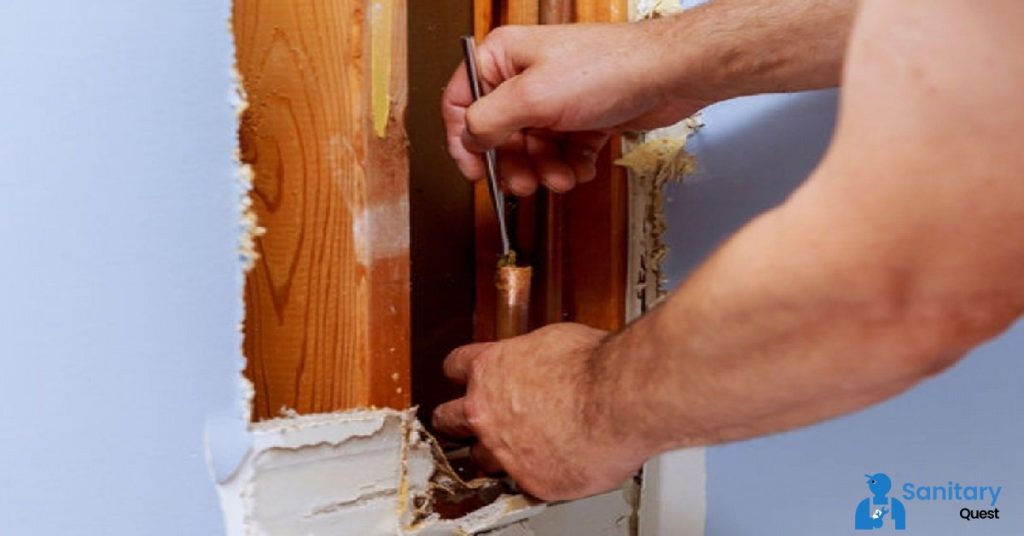
It is crucial that you understand what not to do before we tell you how to correct the pinhole leaks in your system. This is due to the abundance of misleading information on the repair of copper pipes that can be found online. Most of the DIY solutions you can find online are not only ineffective, but they can also cause new problems.
As an example, it is not advisable to utilize pipe repair clamps or replacement pipes secured with couplings. Both of these choices are not recommended. Pipe repair clamps are, at most, a stopgap measure to take care of the problem. They may even add chemical or metal modifications to your water supply, which can speed up the pipe’s deterioration process and cause extra problems. In a similar way, couplings and new pipes can hurt the copper in your pipes. The stress that results from this can eventually wear away the oxide covering that was discussed before. You run the risk of making a little issue much larger if you try to fix a pinhole leak with either of these two approaches.
How to fix a copper pipe pinhole leak
The only proven method for effectively addressing pinhole leaks in copper pipes is through the ‘sweating’ replacement technique. We usually don’t recommend that homeowners try sweat coupling on their own because it involves soldering and requires a lot of experience, even though hardware stores have everything homeowners need to try sweat coupling on their own. If you want to learn how to sweat-solder a copper pipe leak on your own, or if you’re just curious about how it works, here’s a primer
NOTE: Sweat pipe replacements are only recommended when the amount of copper pipe that needs to be repaired is less than half an inch. In the event that the replacement task turns out to require more serious replacement, you should get in touch with an expert.
Tools required
- Tube cutter
- Cotton rags
- Measuring tape
- Sweat coupling replacement pipe
- 34” diameter wire fitting brush
- soldering wire with a propane torch Solder the wire with a propane torch. orch
Steps:
- Determine the location of the leak in your pipe, and then mark it.
- Put a stop to the water supply! (don’t forget, this is essential!)
- The water needs to be drained from the pipe.
- Using the tube cutter, remove up to half an inch of the damaged section along with some of the surrounding tubing.
- After cutting away the damaged piece, dry the new apertures that have been formed. To prevent the rags made of cotton from becoming wet once more, stuff each side with the cotton rags. Take these cotton rags out of the way just before you start soldering.
- Take a measurement of the space left after the damaged piece has been removed.
- Take the measurement of the gap in the sweat coupling replacement pipe, and then cut a portion of the replacement pipe that is 1 inch longer than the measurement.
- Utilizing the cutter, hone the new pipe’s jagged edges until they are smooth.
- With the help of the wire fitting brush, you may make the rough inner edges of the pipe smooth.
- You should clean and smooth the cut sections of the attached pipe in the same manner that you did with the new segment of pipe.
- Slide the replacement pipe for the sweat coupling over each end of the pipes that are still in use. Check that the new portion of pipe fits over the old section by approximately half an inch on either side.
- To solder the new connection, keep the torch on one side of the opening and the tip of the solder wire on the other. Wait until enough of the solder wire melts into the opening for it to be completely filled, and then remove the torch.
- After turning on the water, check if the repair was successful.
How to prevent pinhole leaks in copper pipes
You are able to avoid the issues that lead to a pinhole leak in the copper pipe by making a modest financial investment and putting in the necessary amount of effort. Here is how you can be certain that none of them will cause you any trouble:
Chemical damage
The presence of a high pH value in your water is often the source of the chemical reactions that lead to the deterioration of copper pipes. The kinds If you already have a water softener, check to see if it is working properly and make any changes that are needed. pH values that are harmful to copper pipes can be avoided by investing in a water softener, which can help prevent pipe corrosion. If you already have a water softener, check to see if it is working right and make any changes that are needed.
Mechanical damage
A water softener will remove a significant portion of the pollutants that, over time, might erode the copper pipes in your home.
However, the water pressure in your home won’t change because of the water softeners you have. It’s possible that you’ll need to take additional action if the water pressure in your home looks unnaturally high. Make sure the pressure meter on your water main is working properly. The range should be between 40 and 60 psi. If it is higher, you need to find out why from the municipal water supply, so make sure you do that. Invest in a water pressure limiter so that if they can’t find the source of the problem, too much pressure doesn’t damage your pipes. Mike Diamond can send you a plumber who can help with water pressure problems in your home’s plumbing.
Localized damage or poor application of protective coating
If the installation of your pipes was done incorrectly or if they are of low quality, then we strongly advise having them replaced as soon as possible. If you hire a professional plumber to evaluate your plumbing system, they will be able to tell you whether or not you need to replace your pipes or whether or not other, less significant repairs are doable.
Non-uniformities in the metal structure
You might be able to replace old joints, fittings, or pieces of pipe that are used all over your home. We recommend a professional plumbing inspection to determine where the problematic pipe material is and what you should do about it.
Copper Water Pipe Repair in Los Angeles
In the United States, pinhole leaks are a common and annoying problem for people who own their own homes. The good news is that repairing a pinhole leak in a copper pipe is not very difficult. If you have a leaking copper pipe in your home, give Mike Diamond a call for a repair service that is prompt and done by an experienced professional.
FAQs
Q1: How do you prevent a pinhole leak in copper pipes?
To stop tiny holes in copper pipes, you can do things to keep them strong. One way is to look out for things that can make the pipes rust, like water that has too many minerals. Using a water softener can help make the water less harsh. Also, checking the pipes regularly for any problems, like wet spots or strange colors, can help you find issues early.
Q2: Are tiny holes in copper pipes common?
Tiny holes in copper pipes, often referred to as pinhole leaks, can occur, but their frequency is influenced by various factors. The prevalence of pinhole leaks depends on the local water quality, specifically factors like water chemistry, pH levels, and the presence of minerals.
Q3: How do you inspect for pinhole leaks?
Inspecting for pinhole leaks in copper pipes involves a systematic examination of the plumbing system. Begin by visually inspecting exposed pipes for any signs of discoloration, such as green or white residue, which may indicate corrosion.
Q4: How do I know if my copper pipe is seeping?
Detecting if your copper pipe is seeping involves a careful examination of the plumbing system. Look for subtle signs such as dampness or moisture around the pipes, especially in areas where they are exposed. Feel the pipes for any unusual wet spots or softness, as these may indicate seepage.

